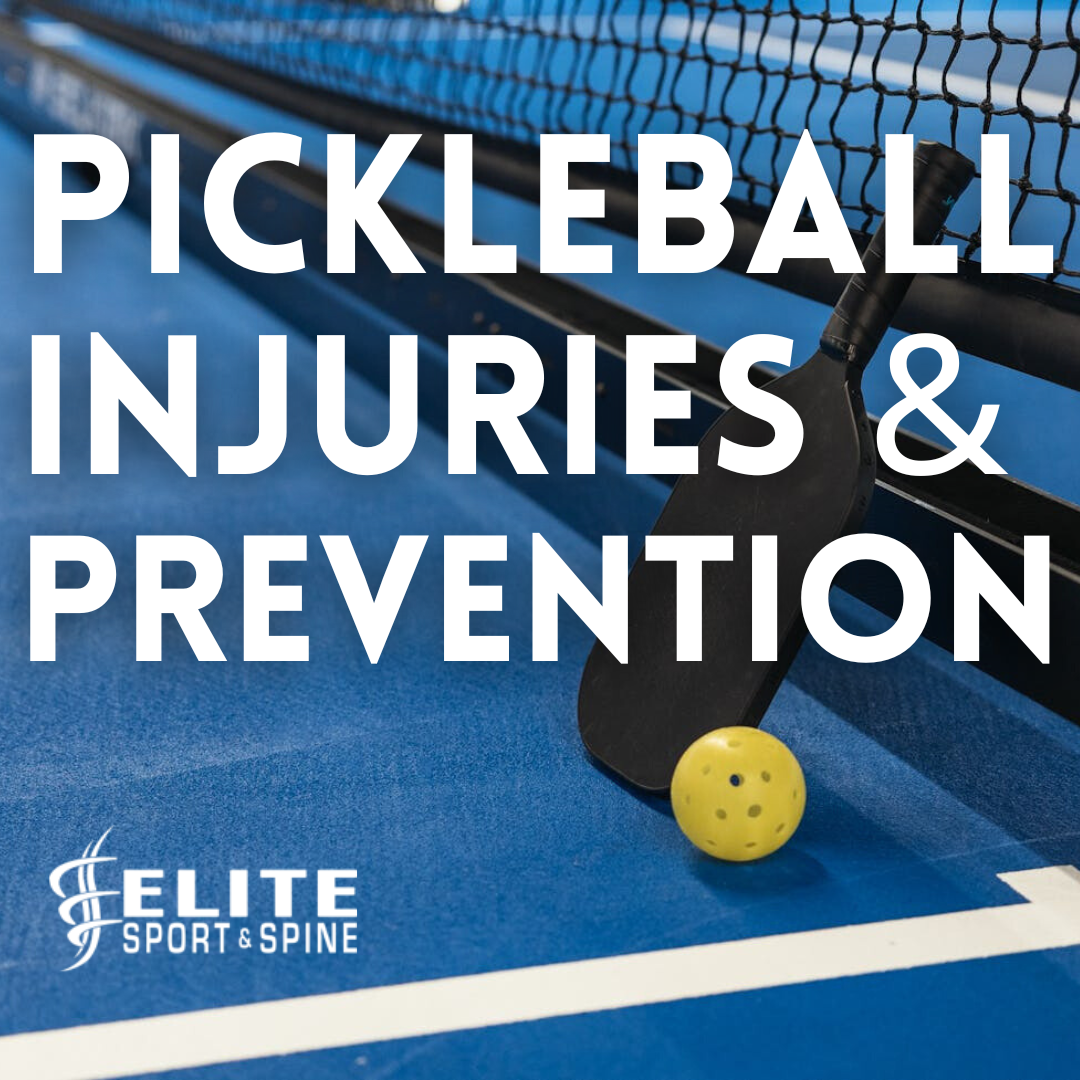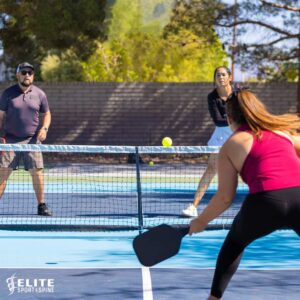Top 7 Pickleball Injuries and How to Prevent Them

The Top 7 Pickleball Injuries and How to Prevent Them
Pickleball is a fun and fast-paced sport combining elements of tennis, badminton, and table tennis. It has rapidly gained popularity in recent years. While it’s a great way to stay active, the fast movements, quick reflexes, and repetitive actions required in the game can lead to injuries. Understanding the most common pickleball injuries and how to prevent them can help you stay on the court and enjoy the game safely.
1. Ankle Sprains
What It Is: Ankle sprains occur when the ligaments that support the ankle stretch or tear due to sudden twists, turns, or awkward landings.
How It Happens: Pickleball involves a lot of lateral (side-to-side) movements, which can easily cause the ankle to roll, leading to a sprain. Players often injure their ankles when they make quick direction changes or land awkwardly after jumping.
Prevention:
– Wear supportive shoes with good lateral stability.
– Warm up properly before playing, focusing on ankle mobility and strength exercises.
– Practice balance and agility drills to improve footwork.
2. Knee Injuries
What It Is: Knee injuries can range from minor strains to more serious conditions like meniscus tears or ligament damage.
How It Happens: The quick changes in direction, sudden stops, and jumps in pickleball put a lot of stress on the knees. Overuse and improper form can also contribute to knee injuries.
Prevention:
– Strengthen the muscles around the knee, especially the quadriceps, hamstrings, and calves.
– Use proper technique when moving and avoid twisting your knees.
– Consider wearing knee braces if you have a history of knee problems.
 3. Tennis Elbow (Lateral Epicondylitis)
3. Tennis Elbow (Lateral Epicondylitis)
What It Is: Tennis elbow is an overuse pickleball injury that causes pain on the outside of the elbow due to inflammation of the tendons.
How It Happens: Repetitive swinging of the paddle, especially with improper technique or grip, can strain the tendons in the elbow. Over time, this can lead to inflammation and pain.
Prevention:
– Use proper grip technique and avoid gripping the paddle too tightly.
– Strengthen your forearm muscles with specific exercises.
– Take breaks if you start to feel pain and consider using a brace or strap to support your elbow.
4. Rotator Cuff Injuries
What It Is: The rotator cuff is a group of muscles and tendons that stabilize the shoulder. Injuries to the rotator cuff can range from inflammation (tendinitis) to tears.
How It Happens: Overhead shots, such as smashes and serves, can strain the rotator cuff, especially if the shoulder muscles are weak or the motion is repeated excessively.
Prevention:
– Warm up and stretch your shoulder muscles before playing.
– Strengthen your shoulder muscles with resistance exercises.
– Focus on proper technique, especially during overhead shots.
5. Wrist Sprains
What It Is: Wrist sprains occur when the ligaments and muscles around the wrist are overstretched or torn.
How It Happens: The repetitive motion of swinging the paddle can lead to pickleball injuries in the wrist, especially with a heavy or improperly balanced paddle. Sudden impacts or falls can also lead to wrist injuries.
Prevention:
– Use a lighter paddle to reduce strain on your wrist.
– Strengthen your wrist with exercises targeting the forearm and hand muscles.
– Practice good technique to ensure smooth and controlled movements.
6. Achilles Tendonitis
What It Is: Achilles tendonitis is the inflammation of the Achilles tendon, which connects the calf muscles to the heel bone.
How It Happens: The sudden starts, stops, and jumping movements in pickleball can put stress on the Achilles tendon. Overuse and improper warm-up are common contributing factors.
Prevention:
– Warm up properly, focusing on the calf muscles.
– Strengthen your calf muscles and improve ankle flexibility.
– Avoid playing on hard surfaces for extended periods.
7. Lower Back Pain
What It Is: Lower back pain can range from mild discomfort to severe pain, often caused by muscle strains or disc issues.
How It Happens: The twisting and bending movements required in pickleball, along with the impact from jumping and quick directional changes, can strain the lower back. Poor posture and weak core muscles also contribute to this injury.
Prevention:
– Strengthen your core muscles to support your lower back.
– Maintain proper posture and avoid excessive bending or twisting.
– Incorporate flexibility exercises for the lower back and hamstrings into your routine.
Final Thoughts on Pickleball Injuries
While pickleball is a relatively low-impact sport, it’s important to be aware of the potential for pickleball injuries and take steps to protect yourself. Proper warm-up, strength training, and attention to technique can go a long way in preventing injuries. If you do experience pain, don’t ignore it! Schedule an appointment and get it treated to ensure you can return to the court as soon as possible.
By staying informed and proactive, you can enjoy pickleball safely and keep playing the game you love for years to come.
 262-373-9168
262-373-9168




